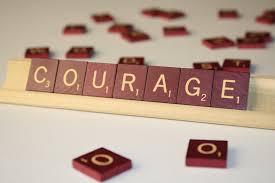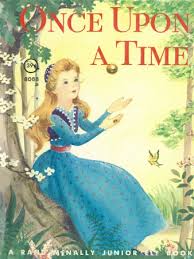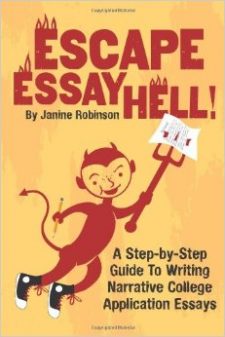by j9robinson | May 17, 2013

College Application Essays
“Meant to Inspire”
All Students Showed an “Appetite for Risk”
Earlier this year, a business writer for The New York Times invited students to share their college admissions essays on the topic of money, class, working and the economy.
Today, reporter Ron Lieber published his follow-up article, where he shared his reaction and thoughts on the effectiveness of those essays.
He also had Harry Bauld, who wrote the classic guide on how to write these essays (On Writing the College Application Essay), read them and give his opinions as well.
I hope you take the time to read this article all the way through. Lieber said he and Bauld “meant to inspire” students shooting for college in 2014 by sharing their four favorite essays.
Here are the main points they liked about them:
- “They took brave and counterintuitive positions” on their topics
- They all “talking openly” about issues that are “emotionally complex and often outright taboo.”
- They had “an appetite for risk” (one student wrote about the application process itself, a topic that is usually discouraged.)
- They were bold (with their ideas, language and opinions)
- They kept their edges (meaning, they didn’t allow parents or counselors or editors to over-edit their pieces and retained their unique, though sometimes rough, teenage voices.)
Click HERE to read all four essays. (more…)
by j9robinson | Jun 9, 2010

College Application Essays
How to Tell a Story
In journalism, writers often use “anecdotal leads,” that is, starting a news or feature story with a mini-story about a real-life event, one that puts the reader in the middle of the action.
Usually, the anecdote only describes a single moment or incident.
But it’s usually a highlight.
Something happened.
Anecdotes make great introductions for college essays. (I believe there’s no better way to “grab” your reader than to start a story–or your essay–at the most exciting part!) So how do you write an anecdote? Here are some tips.
- Start at the peak of the drama or excitement or conflict. Jump right in! (You will just back up and explain it later.)
- Set the scene: Describe what you see, what you hear, what you feel (both literally and figuratively), what you smell and taste, if relevant. These are called sensory details.
- Use the 5 Ws—Who was involved? What happened. Where did it happen? When did it happen? Why did it happen? ( “H”: How did it happen?)
- Paint a picture with your words, or even better, describe a snippet of video. Zoom in on the action.
- Usually the “action” in your anecdote takes place in a matter of a few minutes.
- Throw in a line or two of dialogue to add drama or move the action forward.
- Use “concrete details.” Be specific! Instead of saying, “The dog ran up to me.” Say, “the neighbor’s bull terrier, Brutus, charged me…”
- In general, use short sentences or mix up the short and long.
- Don’t worry about the background or explaining the larger context of the moment. You can back up and explain that in the next paragraph.
- Borrow techniques you find in fiction writing: concrete details, dialogue, proper nouns, descriptive language, emotion, strong characters, etc.
- Use simple language (avoid SAT vocab. words). Write with nouns and action verbs. Go easy on the adjectives.
- If your mini-story (anecdote) takes three paragraphs to relate, try to go back and see if you can cut it down to two or even one paragraph by keeping only what you need to re-create the moment. You will be surprised how you can shorten them, and actually make them better!
“Writing is easy. All you have to do is cut out all the wrong words.” Mark Twain
Here is another post about how to write anecdotes that you will find very helpful, too!
Check out my new video tutorial on How to Write an Anecdote: Part One!






